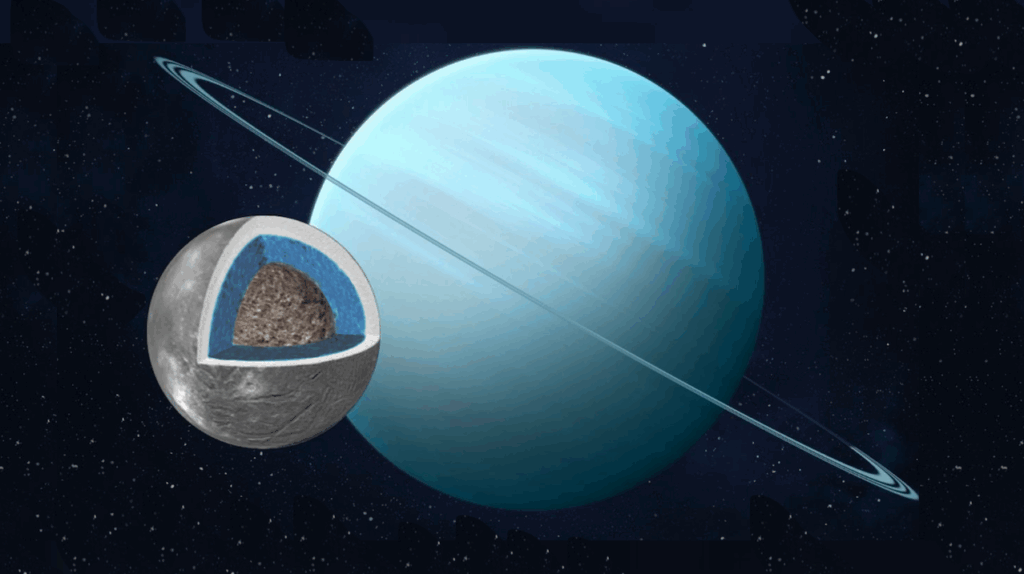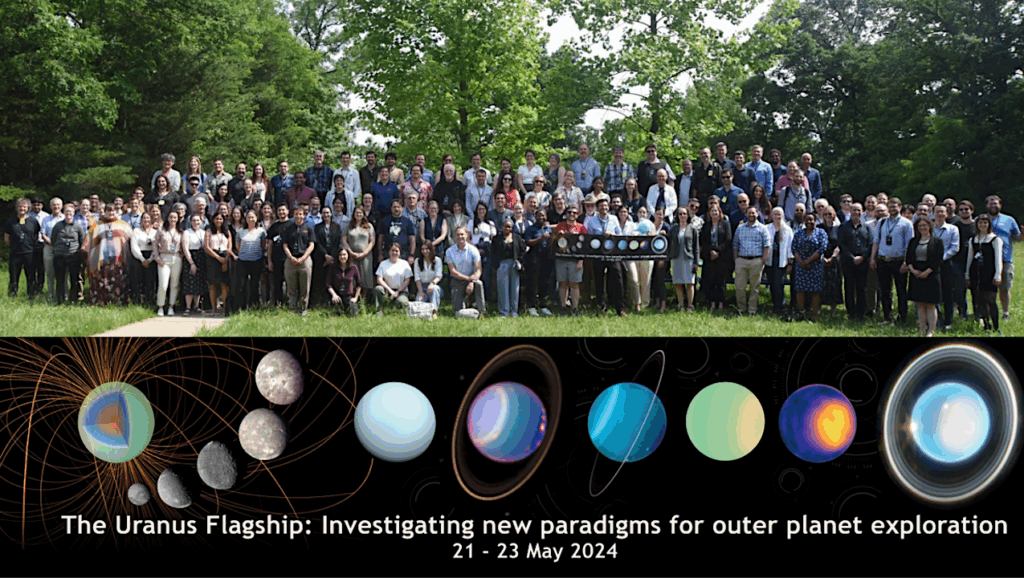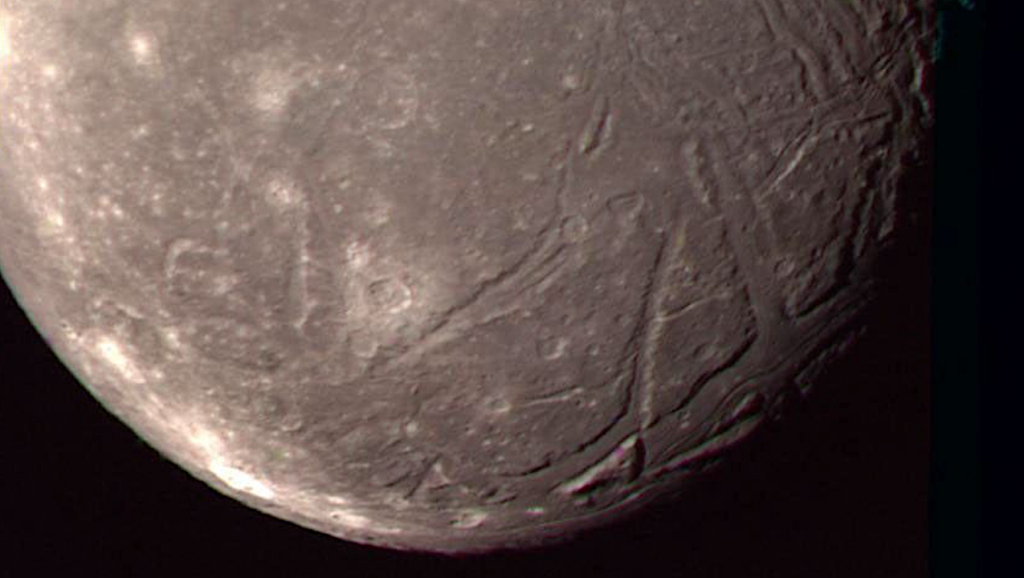Feasibility of Passive Sounding of Uranian Moons using Uranian Kilometric Radiation

We present a feasibility study for passive sounding of Uranian icy moons using Uranian Kilometric Radio (UKR) emissions in the 100 – 900 kHz band.
We provide a summary description of the observation geometry, the UKR characteristics, and estimate the sensitivity for an instrument analogous to the Cassini Radio Plasma Wave Science (RPWS) but with a modified receiver digitizer and signal processing chain.
We show that the concept has the potential to directly and unambiguously detect cold oceans within Uranian satellites and provide strong constraints on the interior structure in the presence of warm or no oceans. As part of a geophysical payload, the concept could therefore have a key role in the detection of oceans within the Uranian satellites.
The main limitation of the concept is coherence losses attributed to the extended source size of the UKR and dependence on the illumination geometry. These factors represent constraints on the tour design of a future Uranus mission in terms of flyby altitudes and encounter timing.
Andrew Romero-Wolf, Gregor Steinbruegge, Julie Castillo-Rogez, Corey J. Cochrane, Tom A. Nordheim, Karl L. Mitchell, Natalie S. Wolfenbarger, Dustin M. Schroeder, Sean T. Peters
Subjects: Earth and Planetary Astrophysics (astro-ph.EP); Instrumentation and Methods for Astrophysics (astro-ph.IM)
Cite as: arXiv:2305.05382 [astro-ph.EP] (or arXiv:2305.05382v1 [astro-ph.EP] for this version)
Submission history
From: Andrew Romero-Wolf
[v1] Sat, 6 May 2023 00:12:00 UTC (1,637 KB)
https://arxiv.org/abs/2305.05382
Astrobiology








